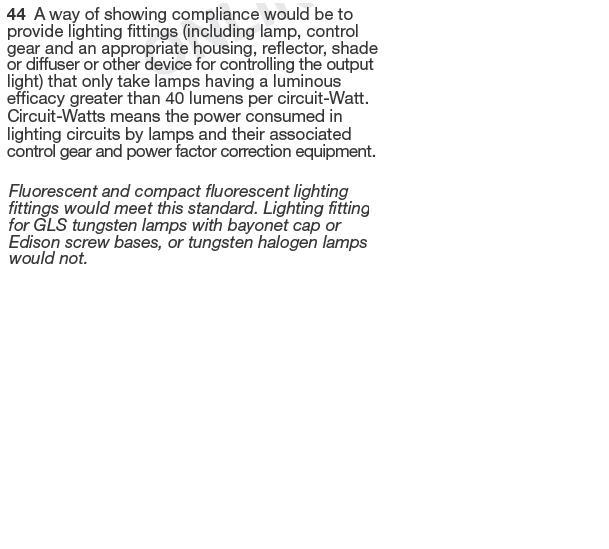Hi,
I have had a two storey extension built and opted to have downlights fitted (wife always wanted them).
The problem is that we saw some we liked (GU10 mains) and bought them with the normal 50w halogen bulb).
Question is that I'm sure these are not energy efficient, the box says that it can accommodate energy efficient bulbs but i have been looking around on the net for GU10 energy efficient bulbs and lots of different bulbs present themselves, i.e. Eveready 40w=50w.......are these acceptable for building regs or do they have to be another specific type?
I have had a two storey extension built and opted to have downlights fitted (wife always wanted them).
The problem is that we saw some we liked (GU10 mains) and bought them with the normal 50w halogen bulb).
Question is that I'm sure these are not energy efficient, the box says that it can accommodate energy efficient bulbs but i have been looking around on the net for GU10 energy efficient bulbs and lots of different bulbs present themselves, i.e. Eveready 40w=50w.......are these acceptable for building regs or do they have to be another specific type?


